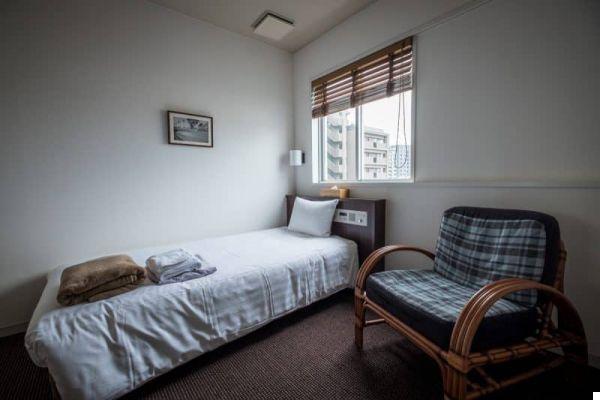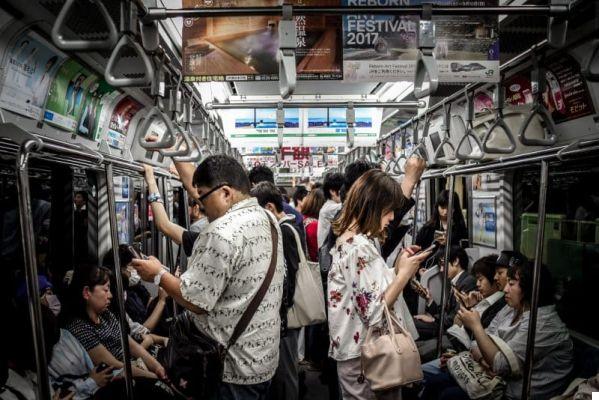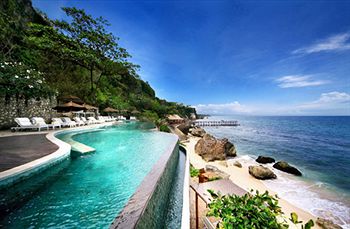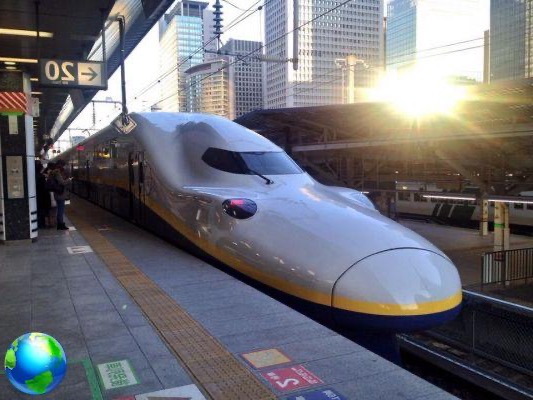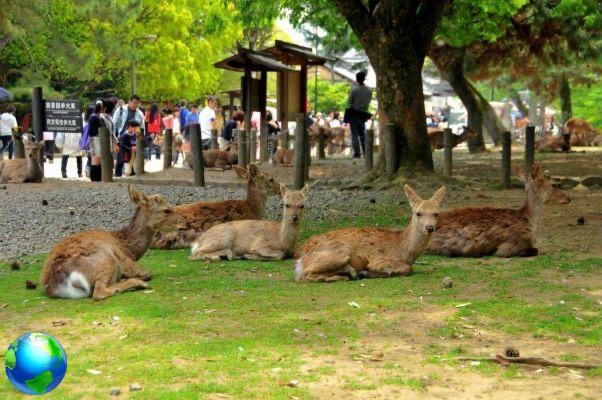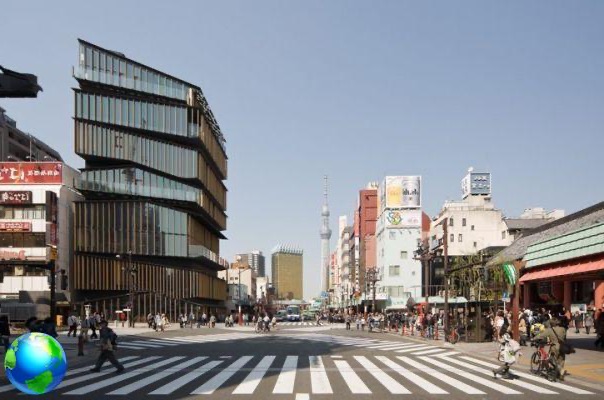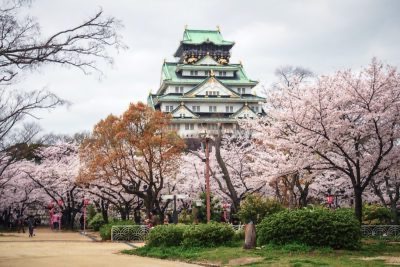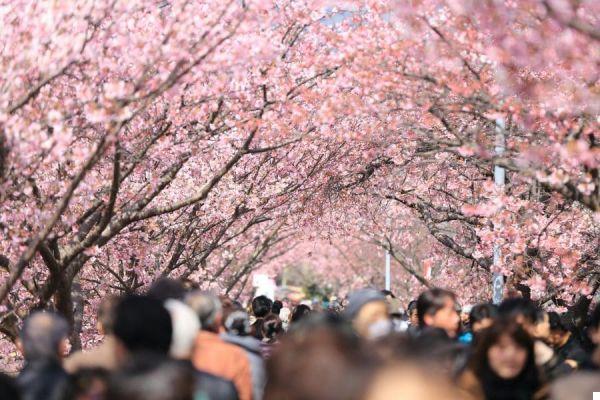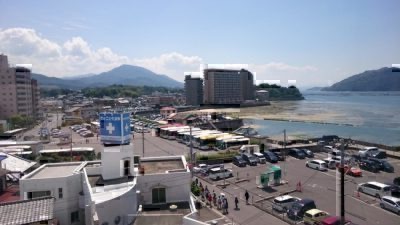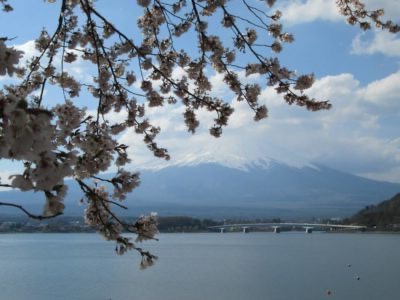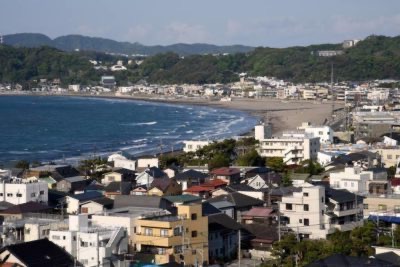As it is known, in Japan the means of transport are super punctual and reliable and if a delay is exceptionally indicated, it is a matter of a few minutes at the most (one of the things that surprised me the most was seeing these little men along every train or metro platform armed with a stopwatch and a pen). Public transport in Japan goes everywhere and is very easy to use. The Japanese are extremely kind and helpful so if in doubt, pull out Google Translator and ask them.
Below you will find all the info on how to move around Japan using public transport (which I recommend!): trains, metro, buses, taxis and airplanes.
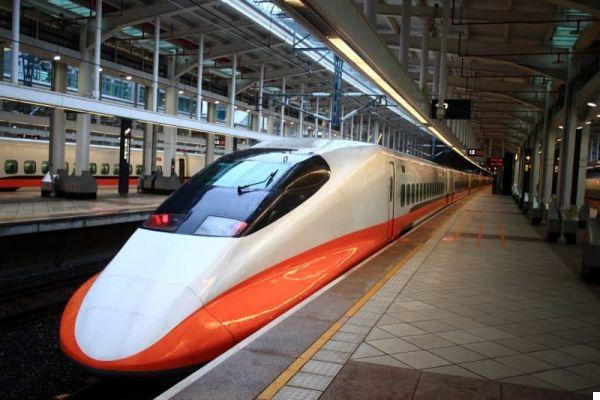
Trains and the Japan Rail Pass (where to buy it, how much does it cost, etc.)
The cost of living in Japan is about the same as in Spain; the only thing that costs a lot is the means of transport. Taking a return train from Tokyo to Hiroshima costs a minimum of 400 euros, just to give you an idea.
Fortunately, we foreigners are lucky and can buy the famous one before leaving Japan Rail Pass (JRP), a pass that can be used on almost all railway lines of the Japanese company Japan Rail (or JR, including shinkanzen, bullet trains). At the moment the JRP can only be purchased outside Japan by foreign tourists who visit Japan for less than 90 days and must then be converted and activated in Japan in one of the many JR Line ticket offices (they are located at the airport and in all major stations in Japan). You can buy it for 1 week (224 euros), 14 days (357 euros) or 21 days (457 euros) and you can do it online by paying by credit card through several sites. I used this which then delivers the voucher directly to your home.
If you intend to make at least 2 trips from Tokyo you should definitely do it: buying single tickets really costs a fortune! Moreover the JRP is also valid for the train that connects Narita and Haneda airports to the center of Tokyo (the Skyaccess), for various "city" railway lines (both in Tokyo and in Kyoto), as well as for the ferry that takes you to the island of Miyajima in front of Hiroshima.
Once "activated", they will give you this card pass that you will have to show every time you enter / exit the JR stations and areas dedicated to shinkazen.
To see train timetables (but also for any other Japanese means of transport) I recommend using Google Maps: it is fully integrated and updated. For trains, alternatively, you can also use this.
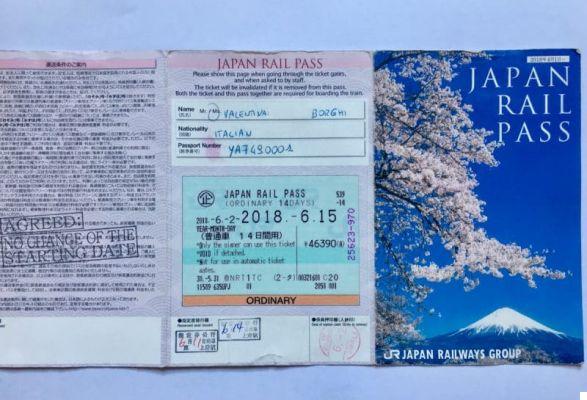
How to reserve seats on the train
To make sure you have your seat on the train (at least for long journeys) you can do the reservation at the JR Lines ticket offices even with days in advance. If for some reason you will not be able to take that train there is no problem.
On all (or almost) the shinkazen, the carriages 1 to 5 are wagons with non-reserved seats. Even on the "normal" trains of the JR Line there are always wagons that can be boarded without a reservation and they are always well indicated.
All shinkazen have a name and a number (eg Sakura 561); know that with the JRP you can take all trains except the called trains Nozomi. Be very careful because if you get on one of these trains you could get a stratospheric fine !!
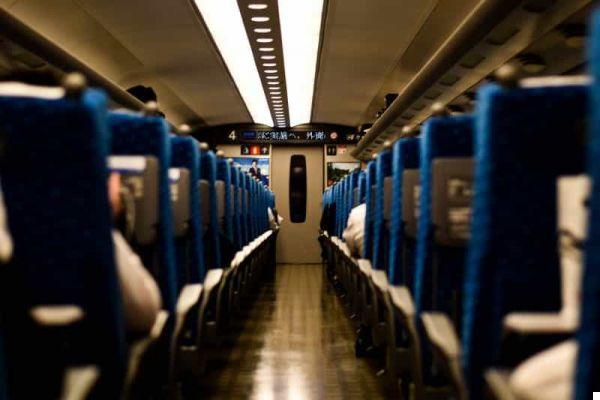
How to get around by Metro
All Japanese cities have one dense network of metro and urban railways. Each line is indicated by a capital letter and each stop by a number (for example the Asakusa subway stop on Tokyo's A line is the A18). Next to all the turnstiles of all the stops there are automatic ticket machines (also in English) where you can buy tickets (forget the ticket counter!).
Tickets can be bought "remotely", depending on how many stops you have to make, and not in time. Above the machines there are diagrams that help you figure out how much to pay, but often there are also employees you can ask. Urban tickets usually start at a minimum of 220/230 Y (just under 2 euros). Attention: tickets must be purchased on the day of use !! The date is on it, so you can't buy as many to use over multiple days.
If you want to avoid buying them every time you can evaluate the purchase of passes valid for 24-48 or 72h. There are several that are valid either only for the city (eg Kyoto or Tokyo) or for the region (eg the Hakone Free Pass for the region around Mount Fuji). In Tokyo, there are some made especially for tourists that can only be purchased in the tourist offices of the main stations (Tokyo Station, UENO, and others). They exist for 24h (800 Y), 48h (1200 Y) or more and are valid on all metro lines but not on city trains.
The metro usually runs from 5 in the morning until midnight / half past midnight.
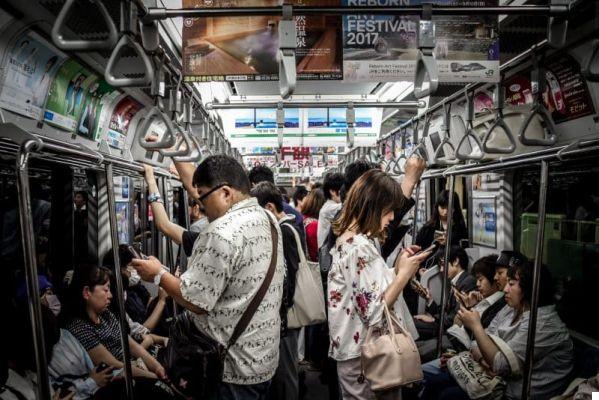
How to take the bus in Japan
Sometimes more than the metro it may be convenient to travel by bus (especially in Kyoto and in smaller cities). Also in this case, setting the destination on Google Maps (with the indicative date and time that interests you) will show you the bus lines you can take and where the stops are. In 90% of cases the ticket is paid at the exit; you will get a ticket going up and when you have to get off you will pay the due directly to the driver (you always get off the front door). The costs are the same as for the metro.
Taxis
Taxis are quite expensive but they are the only solution if you decide to do some nightlife outside your area because public transport ends at midnight (even on weekends). Uber is also found in some cities.
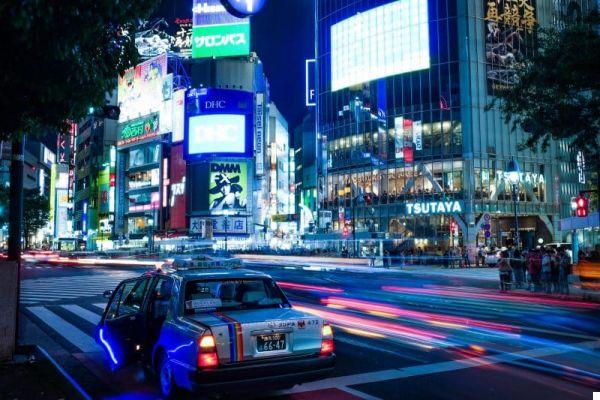
Internal flights to Okinawa and Sapporo
The train is the most comfortable means of transport to get around Japan, unless you want to reach theSapporo island in the far north, or le isole Okinawa in the far south. Practically only in these two cases will you necessarily have to take internal flights. As in Europe, several low cost airlines have also been born in Japan (which have recently also arrived in the Okinawa islands, once a tropical paradise only for the rich) and flying is definitely cheap. A flight from Tokyo to Naha (Okinawa) costs around 80 euros and there are several companies (Jetstar Japan, Vanilla Air, Skymark Airlines and ANA); also for Sapporo the prices are more than affordable (40-50 euros with the same companies).
Health Insurance is required
Remember that in Japan our health coverage is not valid. My advice is to always take out medical-luggage insurance that can cover you during the trip. I am very happy with many insurance companies, a site that compares the policies of different companies and proposes the most convenient policy for that particular trip. To do this you will have to enter the data relating to your trip (country, duration, etc.) and they will send you an email with the best proposal that you can then buy directly online (!!!).
You may also be interested in these other articles on Japan:
- How to organize a trip to Japan
- What to see in Tokyo in 3 days (or more)
- Japan: 25 Things You Don't Know Until You Go There
- How much does a trip to Japan cost?
- Travel to Japan: itinerary between culture and nature





